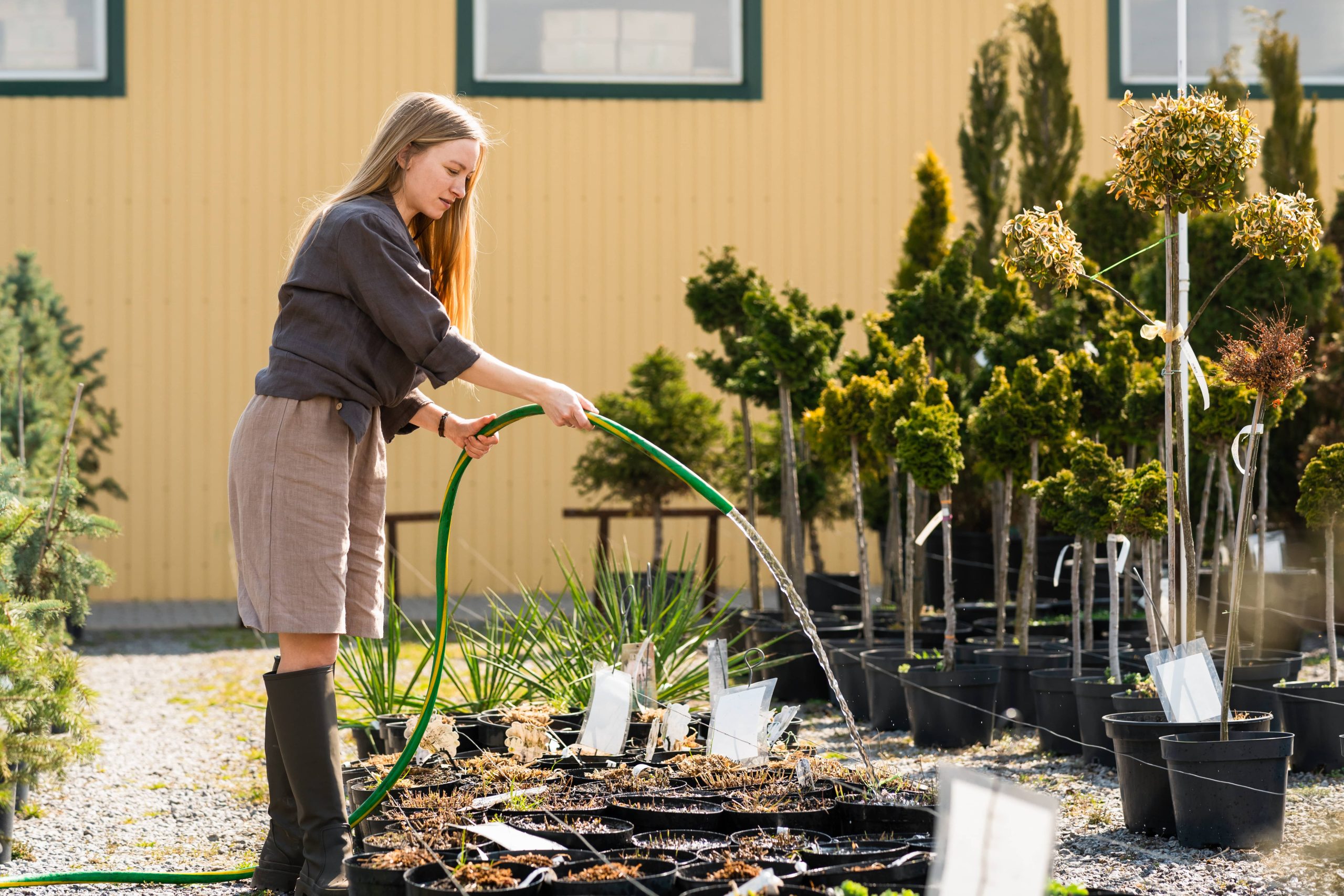
In recent years, the term “cottage garden” has gained significant popularity among gardening enthusiasts and home renovators alike. Rooted in tradition yet evolving with contemporary needs, the modern cottage garden reflects a delightful blend of nostalgic charm and eco-friendly practices. For those who desire a beautiful yet sustainable garden space, the modern cottage garden represents an ideal synthesis: style meeting sustainability.
A Brief History of Cottage Gardens
To truly appreciate the modern iteration of the cottage garden, it’s helpful to understand its origins. The cottage garden as we know it began in England during the traditional times of the 16th and 17th centuries. Originally, these gardens were practical spaces. Filled with herbs, vegetables, fruit trees, and flowers, they provided food, medicine, and utility to the rural working families who tended them.
Over the centuries, cottage gardens have transformed from functional spaces into ornamental displays characterized by romantic charm, riotous color, and an informal layout. They feature winding paths, dense planting, and a mix of perennials, annuals, shrubs, and climbers – all set against the backdrop of a quaint cottage.
The Style of a Modern Cottage Garden
The modern take on cottage gardens retains the classic aesthetic while incorporating fresh, stylish updates. Current trends in garden design have seen an emphasis on creating spaces that are an extension of indoor living areas – welcoming, comfortable, and intentionally designed.
1. Embrace Diversity: Where traditional cottage gardens relied heavily on a casual mix of plants, modern versions continue to embrace variety but with more thoughtfulness towards sustainability. Indigenous plants that are better adapted to local climates often take center stage, supported by an array of pollinator-friendly species.
2. Color and Texture: Modern gardens delight the senses with layers of colors and textures. Echo the timeless charm of a traditional cottage garden by combining soft pastel hues with bursts of vibrant tones through seasonal flowers. Textured foliage, maintains visual interest throughout the year.
3. Artful Hardscaping: Contemporary cottage gardens artfully mix naturalistic elements with tailored hardscaping. Incorporate stone paths, reclaimed brick patios, or wooden trellises for climbing plants to create structure without sacrificing the organic flow.
Sustainability in the Modern Cottage Garden
Beyond aesthetics, today’s gardeners are increasingly concerned with sustainable practices. With climate change posing a major threat, integrating eco-friendly practices into garden design is more important than ever.
1. Water-Wise Gardening: Modern cottage gardens often incorporate xeriscaping principles – which involves using drought-tolerant plants, maximizing water efficiency through mulching and drip irrigation, and capturing rainwater in barrels.
2. Low-Maintenance Plant Selection: Emphasizing native plants and perennials not only reduces maintenance requirements but also benefits local wildlife. These species are inherently adapted to the local environment, which often results in lower water and fertilizer needs.
3. Wildlife Habitats: By focusing on pollinator-friendly plants, you invite beneficial insects such as bees and butterflies into your garden. Additionally, consider installing birdfeeders, bird baths, or creating hedgehog houses to encourage biodiversity.
4. Composting and Organic Gardening: Embrace organic gardening practices by using natural fertilizers like compost and manure. Establishing a compost system is an excellent way to recycle kitchen scraps and garden waste, enriching the soil and minimizing the need for chemical fertilizers.
5. Waste Minimization in Hardscaping: Where possible, repurpose materials. Use reclaimed bricks for paths and patios, repurposed wood for fencing or trellising, and thrifted containers for planters. This not only reduces waste but lends a vintage touch that enhances cottage charm.
Bridging Indoors and Outdoors
Today’s gardens often serve as extensions of living spaces, and the modern cottage garden is no exception. Consider using the garden as a sanctuary for relaxation and entertainment.
1. Outdoor Living Areas: Create cozy outdoor rooms with seating areas, dining nooks, or even open-air kitchens. Use wooden furniture or wrought iron that complements the era-spanning aesthetic.
2. Lighting and Decor: Twinkling fairy lights, lanterns, and upcycled garden ornaments can create a magical ambiance in the evening, emphasizing the enchanting appeal of a cottage garden.
3. Vertical Gardens: In smaller urban or suburban spaces, maximize planting space by going vertical. Use wall-mounted planters or grow climbing plants on trellises to create lush green walls.
Nurturing Your Space
A modern cottage garden is more than just an outdoor space; it’s an evolving reflection of your personal taste, lifestyle, and environmental considerations. While the cottage gardens of yore focused on provision, today’s iterations meld necessity with convenience and aesthetics with conscience.
Embrace the charm of classic cottage gardens, but let your creativity guide the updates. Focus on sustainability without compromising on style, and your garden will flourish as a haven of beauty, reflection, and ecological harmony.
Remember, every step towards sustainability helps create a healthier planet. Your modern cottage garden can be a part of this positive change, providing a serene, stylish, and sustainable space for you to enjoy for years to come.







